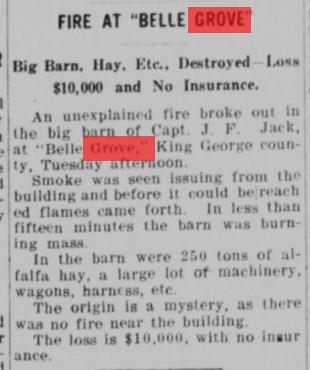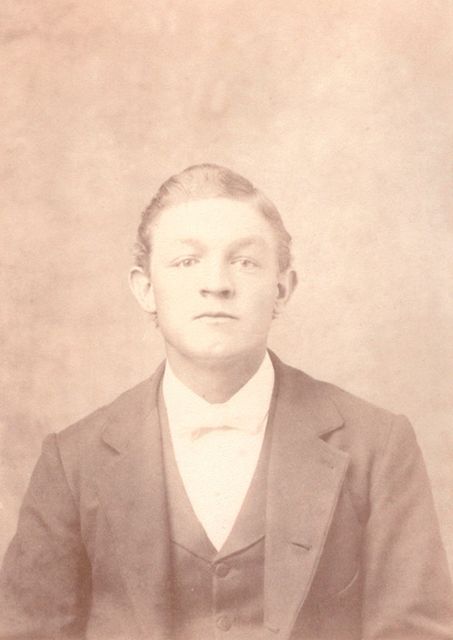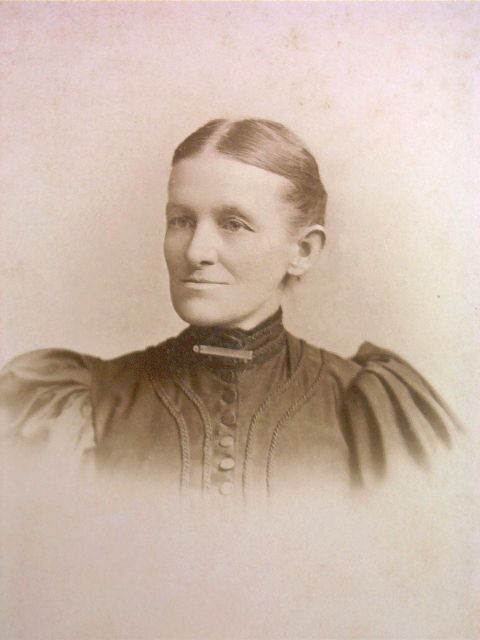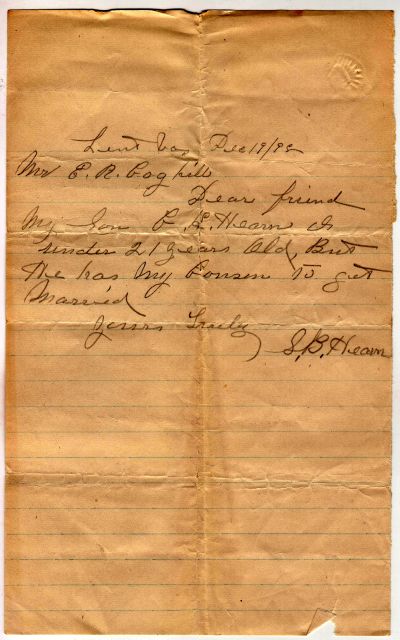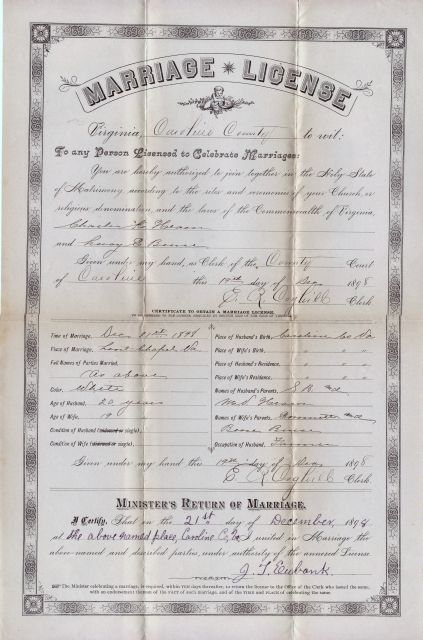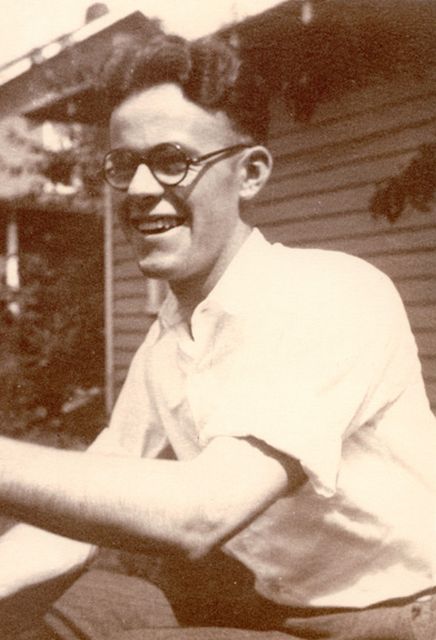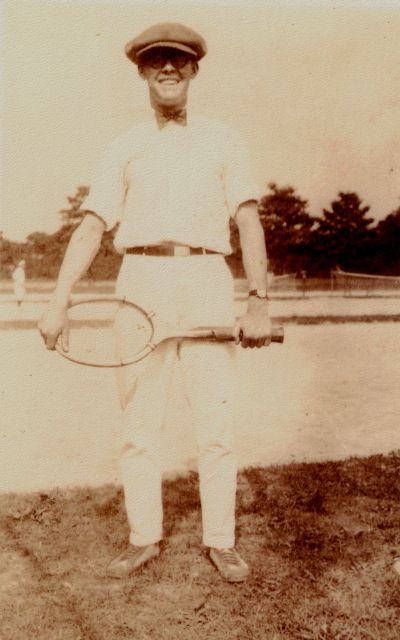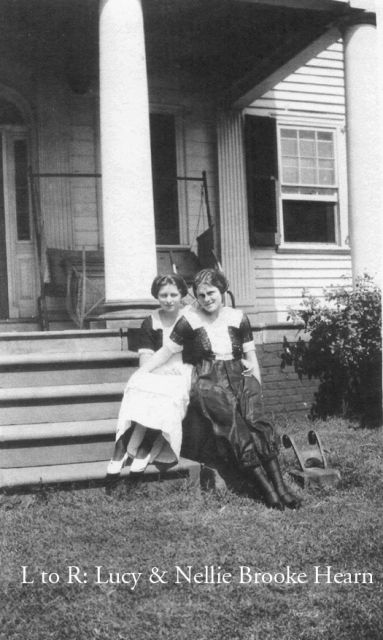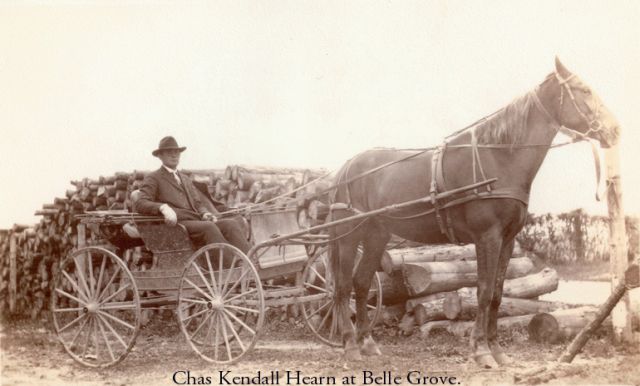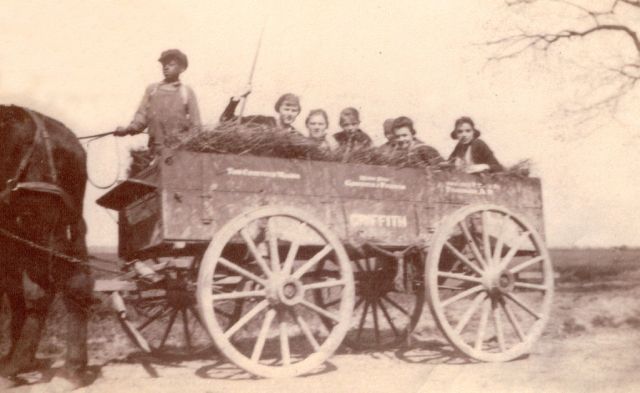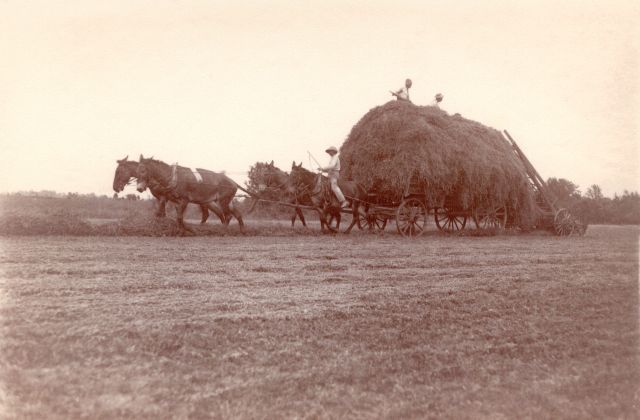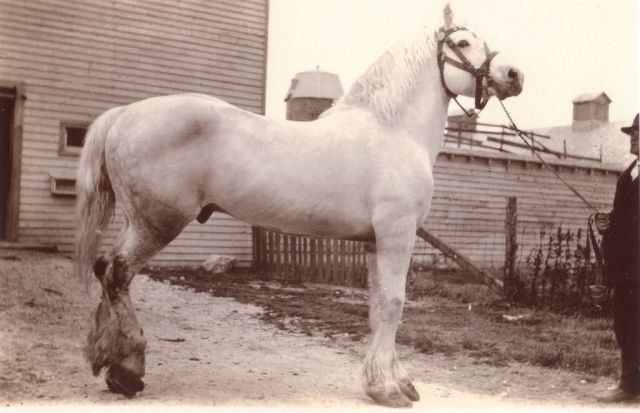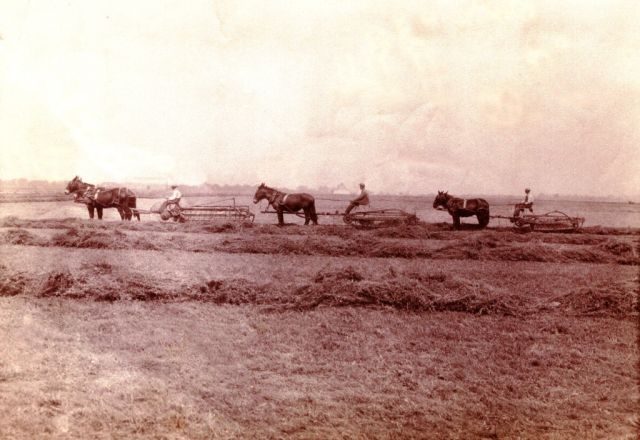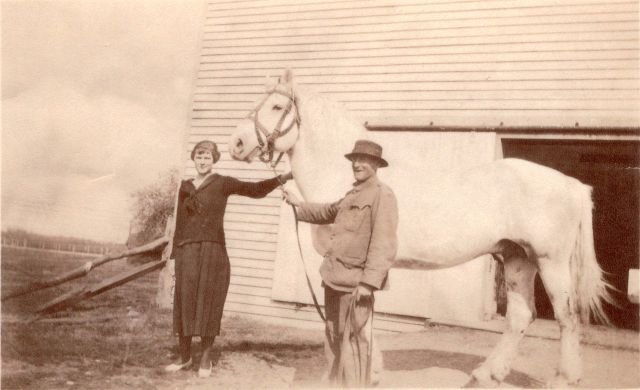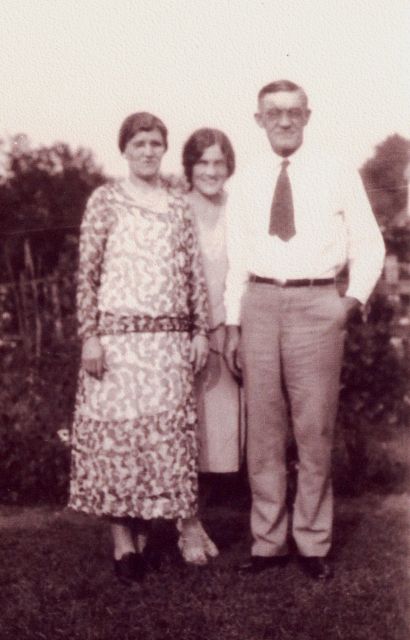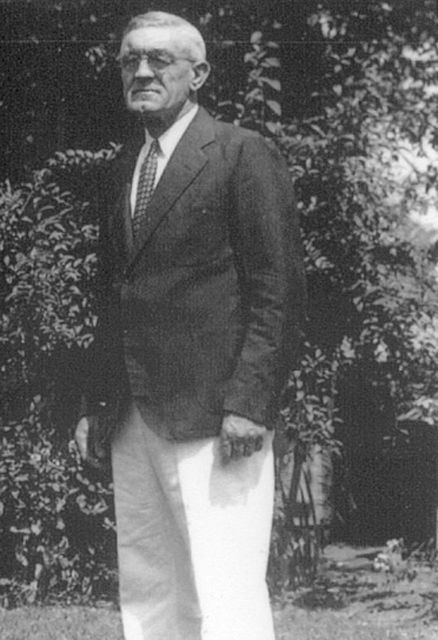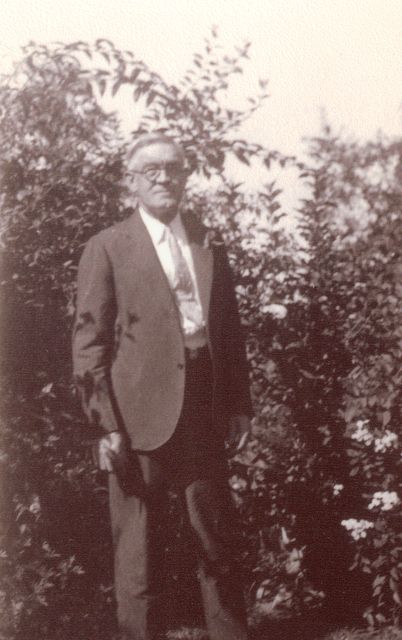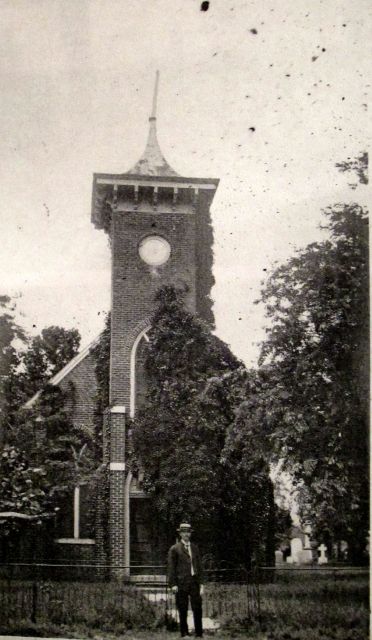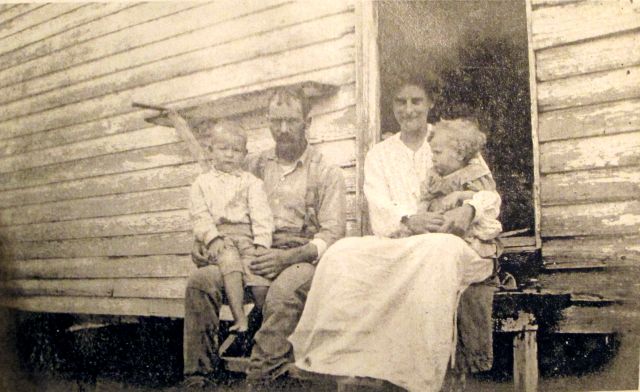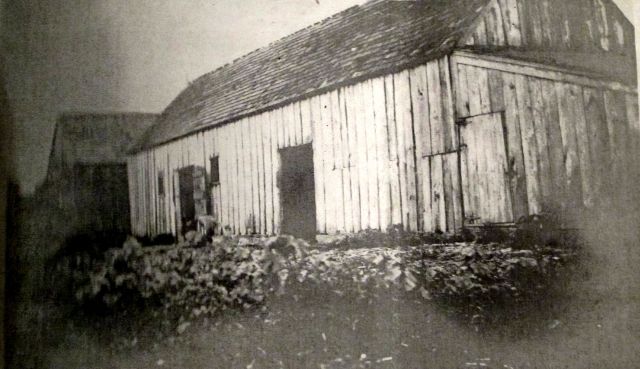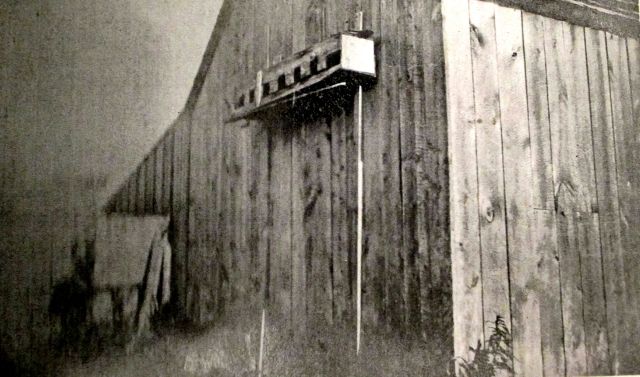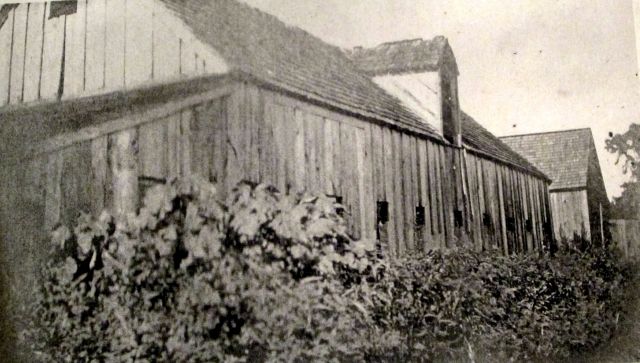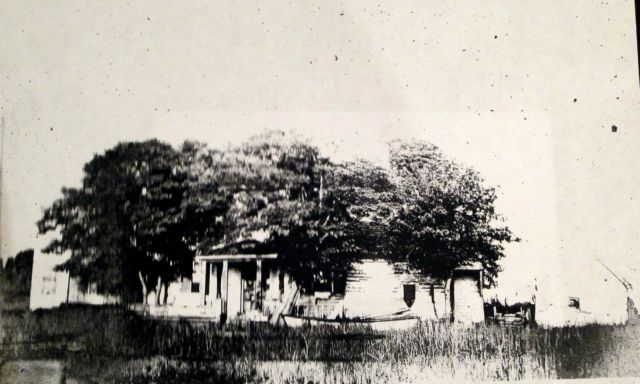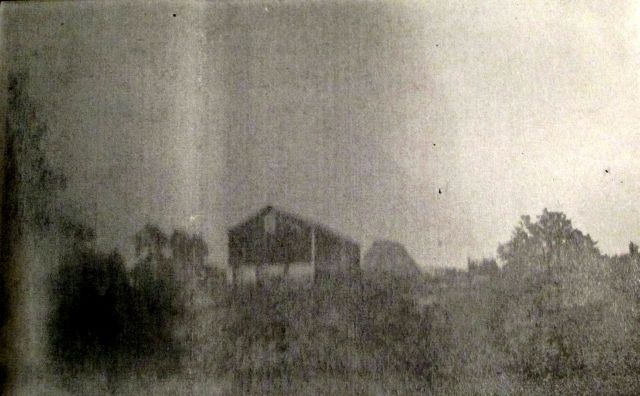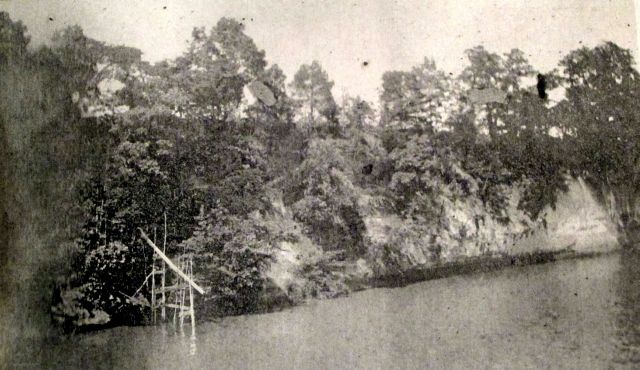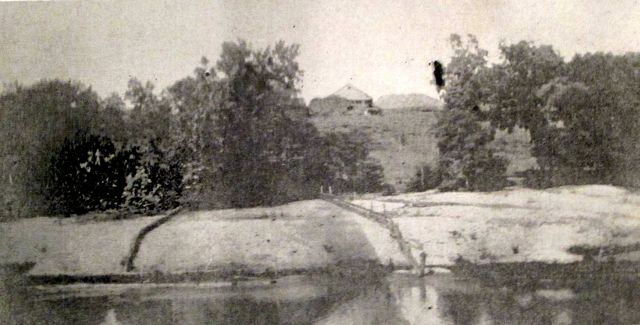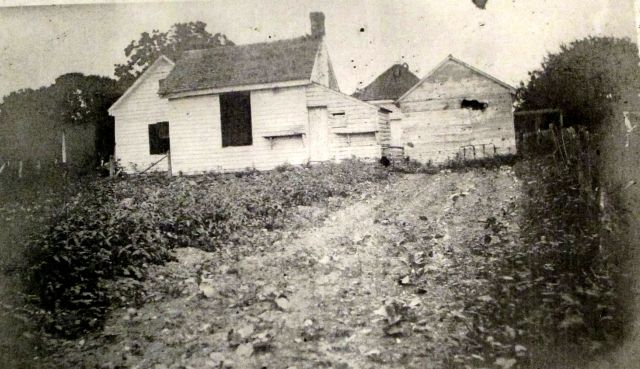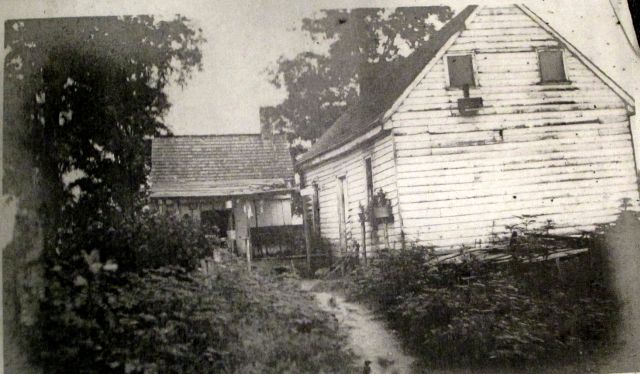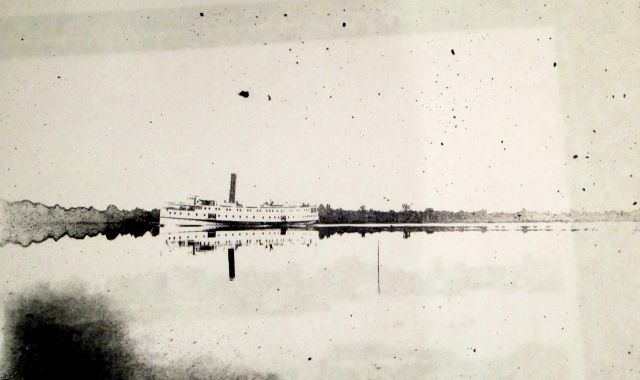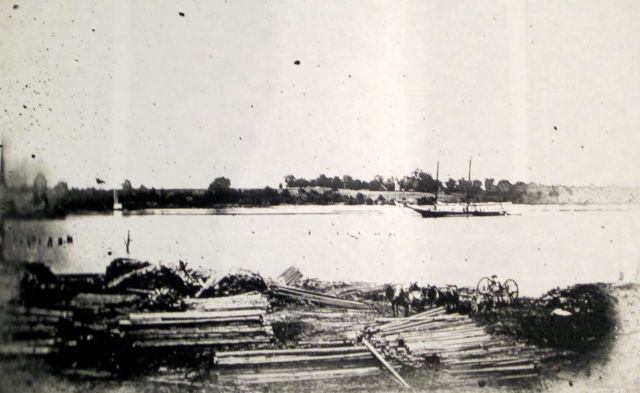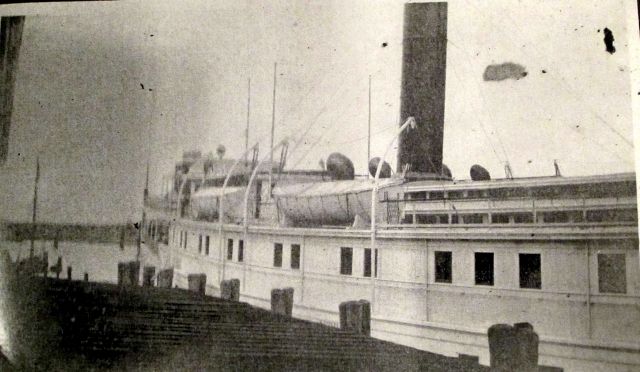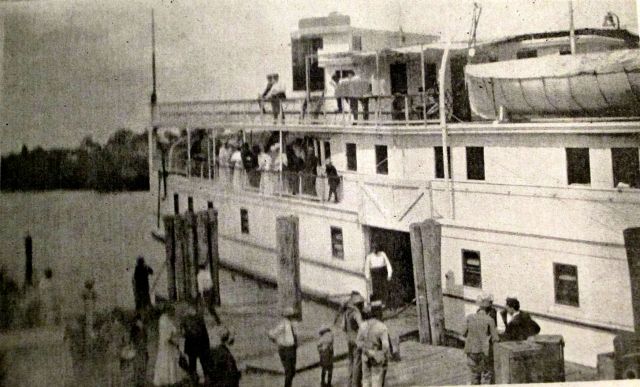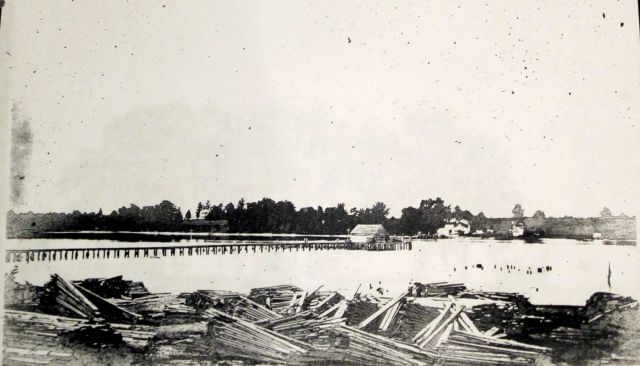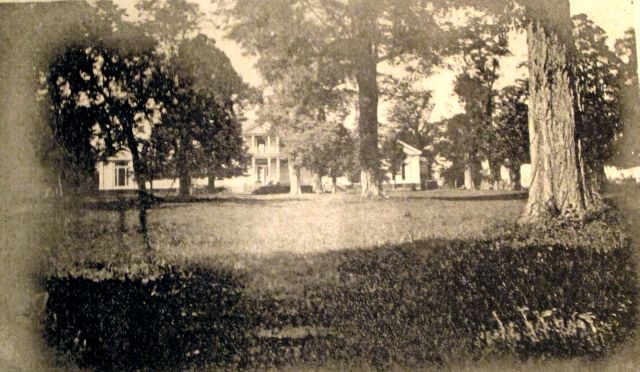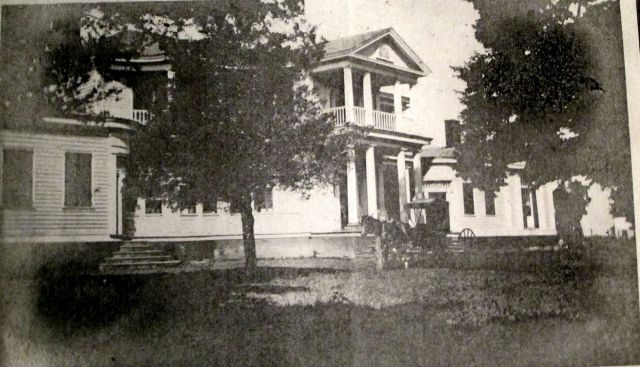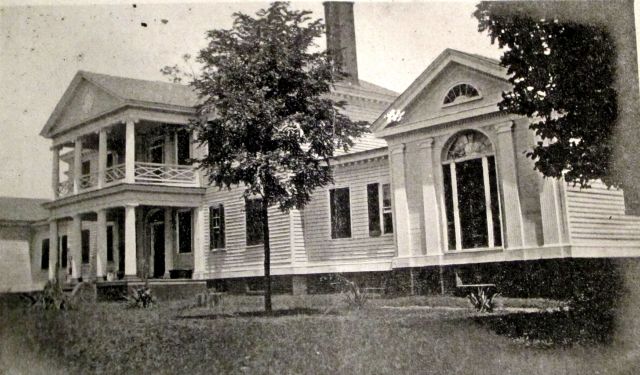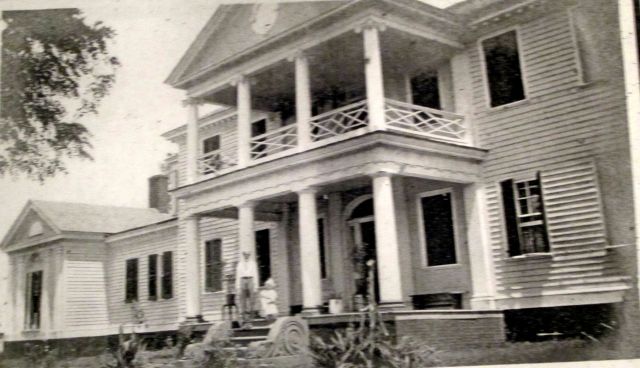Belle Grove and the 1920s
When we left off, we had talked about our owner, Captain John F. Jack or as he was better known “Alfalfa Jack”. We still haven’t been about to find much more on his personal life. Just that from the newspaper in our area and the photographs from California. We do know that he owned Belle Grove from 1906 to 1916. But the last piece of information about Captain Jack is a newspaper article dated July 20, 1911.
This article talked about a fire in the barn at Belle Grove. The barn and 250 tons of alfalfa were lost along with a large amount of farming equipment. The origin of the fire was never known. It resulted in a $10,000 loss. Captain Jack did not have insurance on the barn or equipment.
From here the trail grows cold. I have not been able to find any other information on Captain Jack. We had written that he had sold the plantations in 1911, but we have since found out that it was 1916 when he sold it. So the fire had not been so bad that it was the “straw that broke the camel’s back”. Only time will tell as we hope to under cover the mystery of whom Captain Jack was and where he ended up.
Captain Jack sold Belle Grove to William H. Allen and Otto F. Brandt also from California. But sadly, we have again run into a brick wall with their history. We haven’t even been able to find newspaper articles. So we are going to have to hope some oral history will come forward sometime to direct us in the right direction.
I can’t tell you how much we have under covered thanks to oral history! Through the blog and through our newspaper articles that have come out we have found names of plantation managers, caretakers and field hands. This is history that would have been lost had these individuals had not come forward. This is the history we hope to save before all those who know are gone.
One of those who came forward is a family member of a past plantation manager. From our research on this plantation manager, we have placed him at the plantation some time in the 1920s. It was through this individual that I received several photographs of this plantation manager and his family at Belle Grove.
Charles Kendall Hearn was born February 22, 1878 in Walnut Grove, Virginia. His father was Samuel Batson Hearn VI (1841 to 1917) and his mother was Mary Virginia Gibbs Hearn (1850-1921). Charles’s middle name “Kendall” came from his grandfather. His family lived in Port Royal, Virginia, which is just across the river from Belle Grove in the 1880.
In 1897, Charles was a pursuer on the Weems Steamship line out of Baltimore. He was appointed to the position of Purser on the Steamer Westmoreland, formerly held by Mr Ruggles Taliaferro of Baltimore.
In 1898, Charles married Mary Etta Bruce. According to a paper I found on Ancestry.com, Charles was not yet 21 when he married Mary. It seems back then you needed permission from your parents to marry if you were under 21 years old.
Charles and Mary would have two daughters, Nellie Brooke Hearn (1901-1993) and Lucy Kendall Hearn (1904-2001). In 1906, Charles was listed as a farmer, blacksmith and wheelwright near Port Royal. In 1916, he was part of a business called “Hearn Brothers” who were blacksmiths and wheelwrights.
Sometime in the 1920s, Charles became the plantation manager for Belle Grove Plantation.
Taken along the Rappahannock River at Belle Grove when Charles K. Hearn managed the estate there.
In 1924, a group of citizens raised $75,000 and established a bank in Port Royal. There were seven directors of the bank and Charles Hearn was one of them. The bank would close in 1934.
Charles and his brother John Thomas Hearn purchased a home in Fredericksburg in 1922. Charles’s family and his brother’s family would live in this home until he later purchased his own home.
Charles would pass away on June 25, 1940 in Fredericksburg at the age of 62.
To see more pictures from Belle Grove Plantation’s History
Please visit our Facebook Fan Page
Please “Like” Us and “Share” Us
Thank you!







